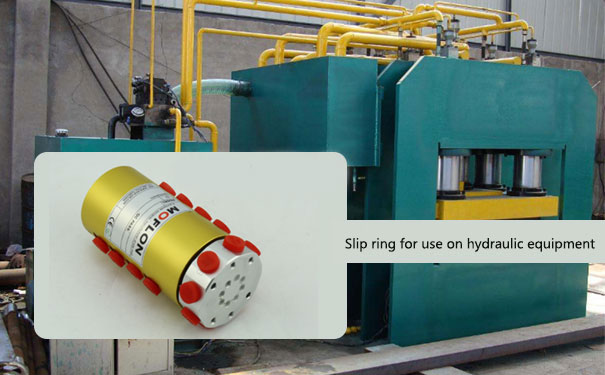The slip ring performance is based on several characteristics which include the physical aspect like size in terms of the diameter of the slip ring. While it is not the external structure of the slip ring that is solely responsible for a high-performance level. There are several other factors attached to it like the amount of the current that is allowed to flow through the slip ring and the level of resistance which is incurably coming up when we talk of high performance. There is a standard reason that substantiates the impact of the resistance on the performance.
Efficiency based on the structure of the equipment
We associate a high performance of a slip ring based on how it works in unison when attached to a certain equipment. When we look at the larger picture the efficiency or the output produced by a certain equipment depends on the kind of slip ring. It is quite an established fact that there are numerous types of slip ring for each kind of equipment with varying slip ring technology. So, the chosen slip ring must be the right fit for the equipment as in the structure of the equipment should be taken into consideration before installing any kind of slip ring.

Friction and its impact on performance
It is quite essential to figure out at the first place how does the friction enter the mechanism? Friction is something which is very crucial but the general seem to overlook the frictional aspect. In fact, in the long run, it is the major element which hinders the performance of the slip ring and more often than not the users have to resort to multiple maintenance session.

But going back to the question of how does the friction enters the system? The transmission of the process of the electrical signal and other kinds of signals initiates with the rotational motion of the ring. Further, there comes a stage where the carbon brushes enter into a sliding contact with the ring. It is at this stage where the friction sets in with the disparity in the rotational motion, which is commonly the case.
The other factor that causes friction is the overuse of the brush unit which results in the wearing out and in most cases, the entire brush setup is changed. Thus the performance factor goes for a toss.

The signal losses occur due to the friction can be pinned down to the rational mathematical relationship. According to this relationship, the frictional losses are proportional to the brush area which is most cases is in direct contact with the ring. It translates to a simple fact that a reduction in brush cross-sectional area between the slip ring and brush. Even for that matter an alteration in the number of the parallel brush arrangement too will have an impact on the performance of the slip ring directly or indirectly through the route of frictional losses.
